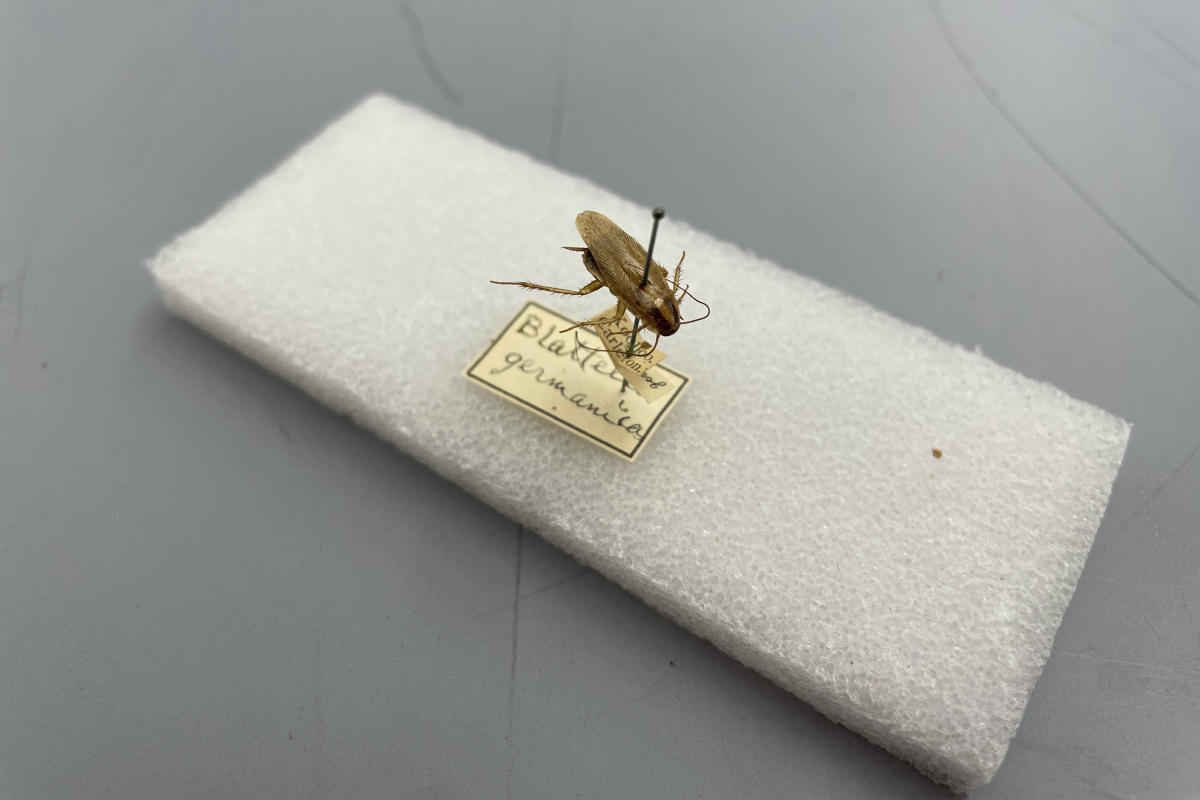When we think of the word “flexible,” we may think about a yogi twisting themselves into a pretzel knot, or that one friend who can drop into a split at a moment’s notice thanks to their past gymnastics experience. Yet flexibility isn’t something reserved for a special group of people, or something you can only achieve when you’re young — it’s something we should all continuously strive for in our daily lives, especially as we get older.
“As people age, many will lose muscle and, at the same time, develop more stiffness of the connective tissues in and around joints and along those fascial lines,” Dr. Meredith Warner, a Baton Rouge, La.-based orthopedic surgeon, tells Yahoo Life. “This leads to frailty and the inability to perform basic functions that are compatible with a happy life. Activities like playing with grandchildren, sitting on the floor or a low chair and then rising, reaching overhead to grab dishes or cups and so on become more and more difficult.”
But how do we stay flexible as we get older? Here are the tips experts want you to know.
Keep moving
We may think that in order to be flexible, we need to stretch endlessly. But Warner says the first step for staying flexible is to keep active overall — especially if your job involves sitting down a lot.
“We have all sat at a desk for hours and then noticed very stiff anterior hips when we get out of the chair,” says Warner. “A similar phenomenon happens after a long car ride. This is a simple example of how movement maintains flexibility. The hip flexors, located in the front (anterior) aspect of the hip, become contracted and stiff with disuse. Simply setting a timer to get up and walk around for five minutes every hour will prevent this loss of flexibility.”
Warm your body up
Physical therapist and certified strength and conditioning specialist Kyle Krupa tells Yahoo Life that while stretching is certainly important for maintaining flexibility, it’s helpful to first prepare your body for it. Krupa recommends beginning a stretching routine with “five to 10 minutes on the bike or treadmill to increase your body’s tissue temperature.”
“Think of your body like clay,” he says. “It’s easier to mold or stretch when it’s warmed up.”
While exercise is one way to heat up muscles before you get into stretching, Warner adds that you can also spend time in a sauna to heat up connective tissue, which ultimately improves flexibility. “Stretching in a sauna is remarkably effective,” she says.
Try foam rolling
Krupa also recommends foam rolling, a form of self-massage that involves using a foam cylinder to apply pressure to tight or sore muscles, breaking up tension and knots and improving blood flow. Foam rolling calms your body’s reflexes that make your muscles tighten, thereby allowing you to more easily loosen up.
Do a doorway stretch
Physical therapist Melinda Sganga, a franchise support consultant for FYZICAL Therapy & Balance Centers, tells Yahoo Life that she recommends stretching twice a day. One of her favorites is the doorway stretch, which requires just a door frame and no other equipment. Here’s how to try it:
-
Start by standing in front of a doorway.
-
Bend both arms at the elbow to form a 90-degree angle, keeping your upper arms parallel to the ground.
-
Place your palms/forearms on either side of the doorway and step one foot forward into the doorway.
-
Begin to slowly shift your weight forward. You should feel a stretch in your shoulders and chest.
-
Hold for 30 seconds then return to your starting position.
-
Repeat as needed.
Join a Pilates class
Juanita Franke, a nationally certified Pilates teacher who currently teaches at Club Pilates in Charlottesville, Va., tells Yahoo Life that practicing Pilates can help increase your flexibility by “moving you through all ranges of motion at all joints.”
Pilates works, she says, because the movements “focus on building not just strength during the concentric phase of muscle contraction — when the muscle fibers shorten — but also during the eccentric phase, when the muscle fibers stretch. By building strength into muscle length, most of our clients see an improvement in their flexibility relatively quickly.”
Pilates classes can be pricey, particularly smaller classes that use Reformer machines in order to move through the exercises. However, you can find many Pilates classes online for free that don’t require a Reformer. These classes, which are typically called “mat Pilates,” consist of exercises such as hip and spine stretches and can help you get bendy.
Try tai chi
According to Shirley Chock, owner and executive director of Aiping Tai Chi, “Tai chi training incorporates stretching exercises developed thousands of years ago to aid in hip flexibility, which is crucial for mobility and overall flexibility.” (Learn more about the practice’s benefits here.)
Chock says that in Chinese anatomy, the two most important areas that “need to be strong and supple to support the body’s mobility” are the “Kua” and “Yao.” The “Kua” is the pelvis area that includes the hips, groin, glutes, upper thighs and lower abs and is considered the body’s command center, while the “Yao” is the torso area, which includes the lower back, directly above the “Kua.”
“In our modern sedentary lifestyles, these two areas become weak and stiff,” Chock notes. “In tai chi we focus our stretching programs on these areas before stretching out any other area.”
Chock recommends practicing this simple move for improved flexibility:
“Stand with your feet shoulder-width apart. Imagine your leg is attached to your hip with a long screwdriver,” she says. “Observe the direction your knee and your toes aim. Visualize screwing the screwdriver until the knee and toes are pointing to the same direction. You should feel your hips and groin activate and feel a deep internal stretch. This ability to strengthen and stretch the Kua to support proper knee tracking alignment is the first step to improving higher level leg flexibility.”
Keep stretching simple
“For most people, the best tip for stretching with age is simple consistency. By simply creating a positive daily habit of stretching, even if it is only a few moves for a very short time, benefits accrue,” Warner says.
Warner recommends focusing on areas of need, which, for most people, are the front part of the shoulders and chest, the heel cords (aka Achilles tendons) and the hip flexors. “Just doing a few daily stretches of these areas will make you feel much better overall and likely will prevent future pain,” she says.
The doorway stretch referenced above is great for the front part of the chest, she says, and can be practiced daily. For the hip flexors, she recommends a move known as the “flower” in yoga. “Kneel and then simply press the pelvis forward and gently lean back,” she says. “You will feel a pull in the front part of the hip.”
For the heel cord, she recommends two stretches a day:
“Stand in front of a wall and place the ball of the foot against it,” she says. “Then simply push the knee toward the wall and hold it. Next, keep the knee straight and then push the entire leg toward the wall. The first move will stretch one muscle in the calf and the second another. Each of these attach to the Achilles tendon and will help to reduce contractures [a shortening that affects joint mobility] there.”

Olivia Martin celebrates the art of living well in her lifestyle articles. She explores topics ranging from travel and fashion to home decor and culinary delights, offering inspiration for readers seeking a balanced and enjoyable lifestyle.







